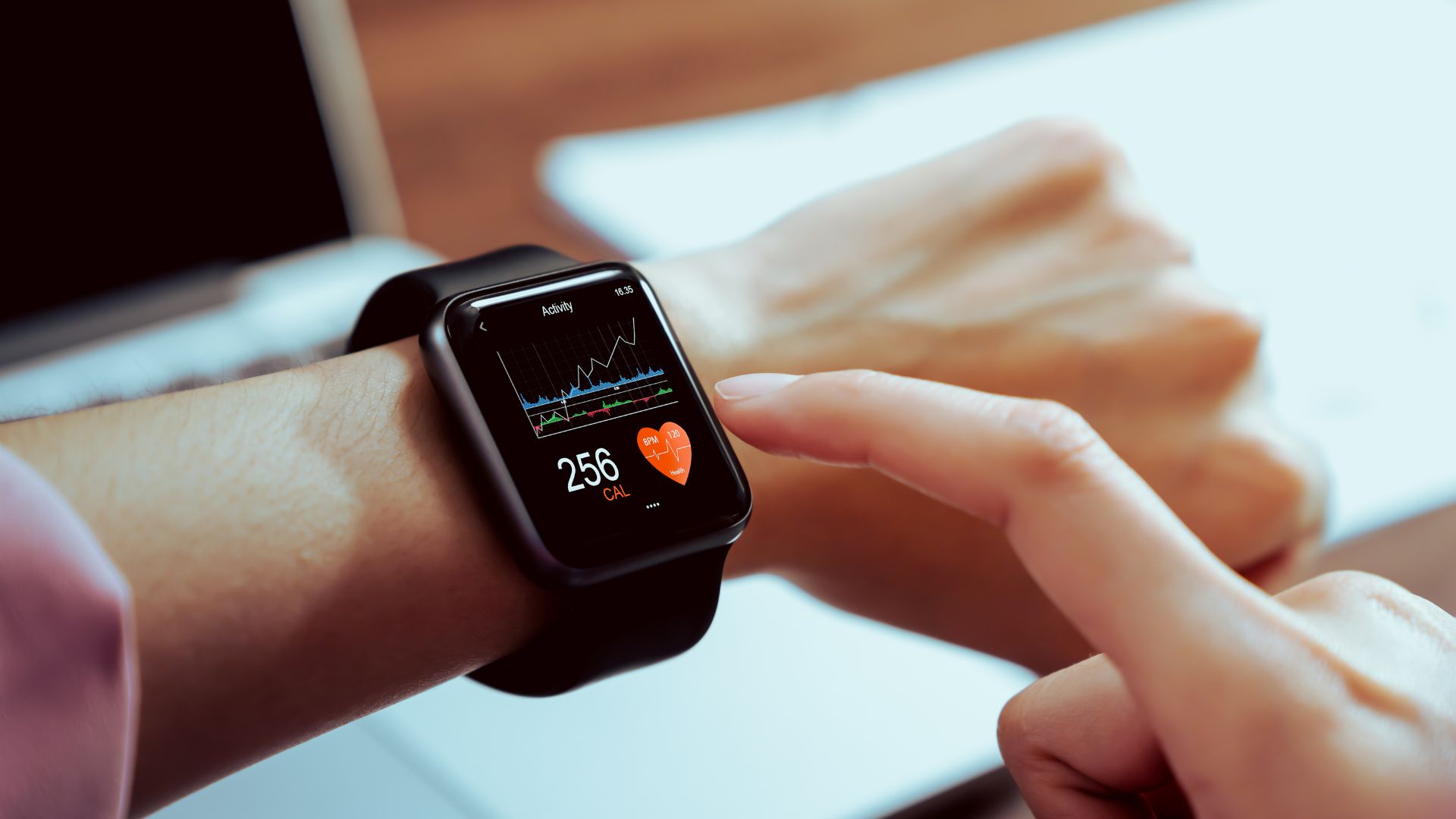How Wearables Are Enhancing Workplace Productivity
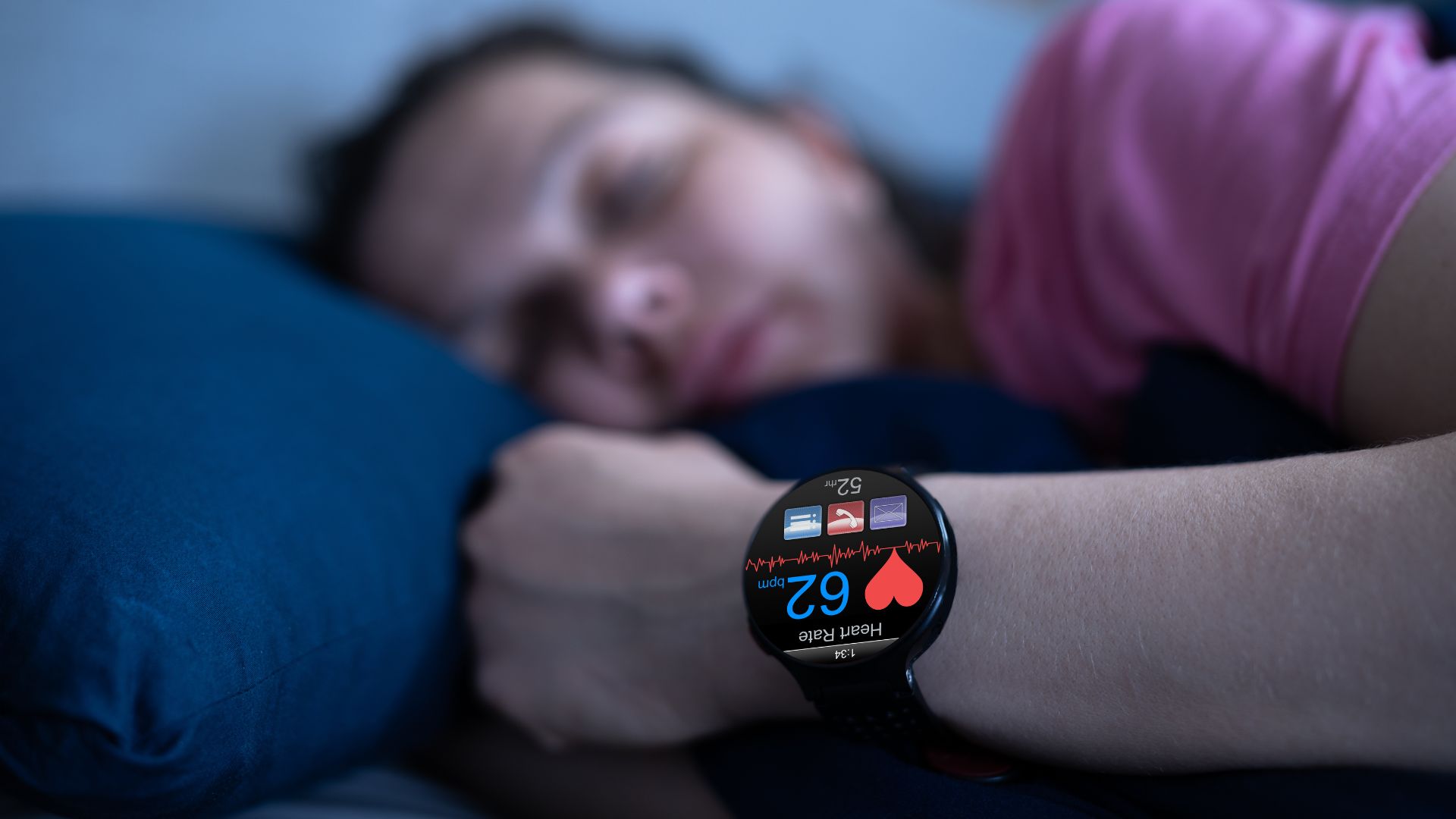
Wearable technology is no longer limited to fitness tracking—it is transforming workplace productivity across various industries. From smart glasses improving efficiency to biometric wearables monitoring employee well-being, these devices are making workplaces smarter and more connected.
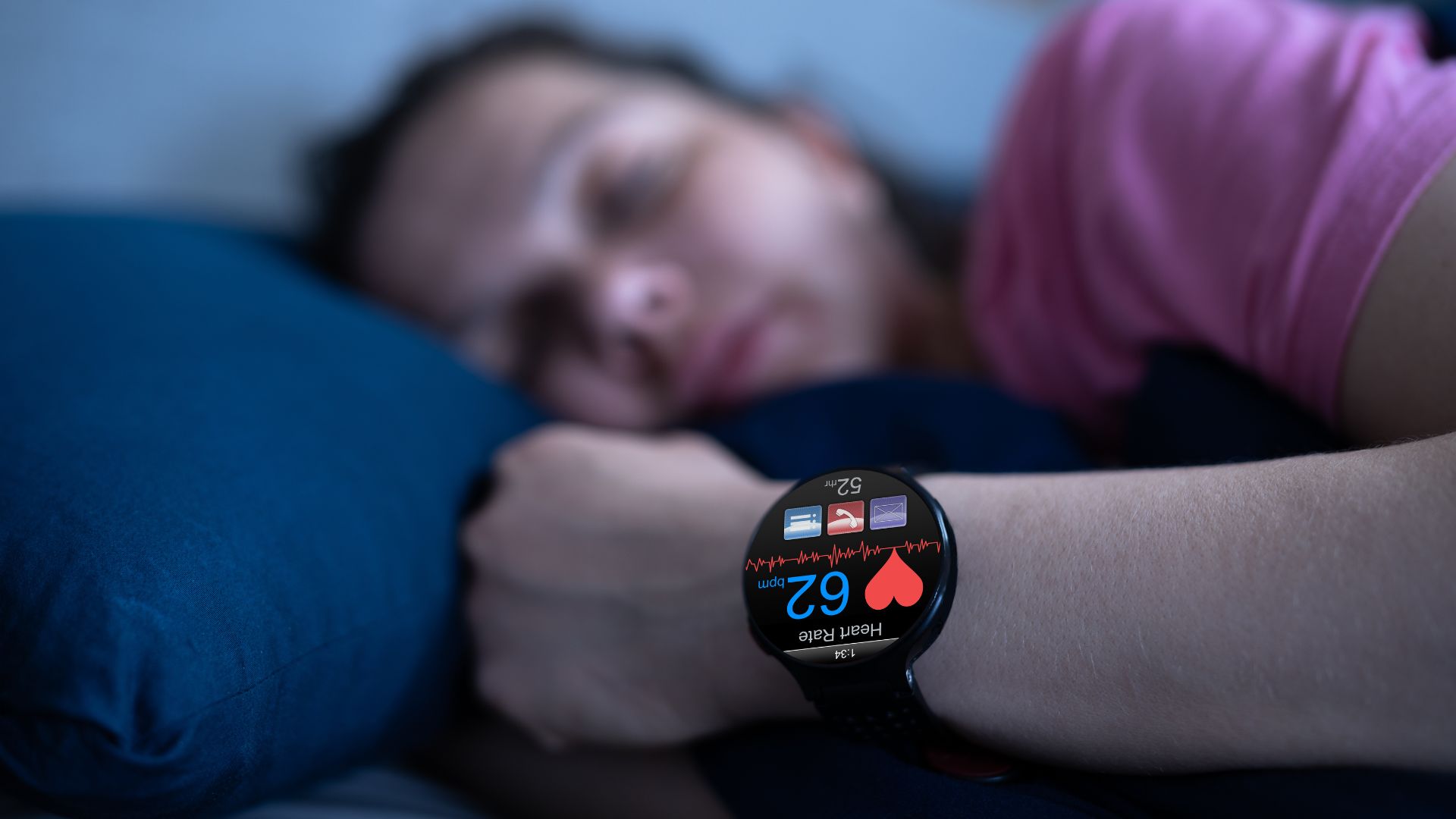
Improving Communication and Collaboration
Wearable devices facilitate seamless communication, especially for remote and field workers.
- Smartwatches: Employees can receive real-time notifications, emails, and alerts without needing to check their phones.
- Smart Glasses: Devices like Microsoft HoloLens and Google Glass Enterprise allow hands-free video calls and real-time data overlays, improving efficiency in technical fields like engineering and healthcare.
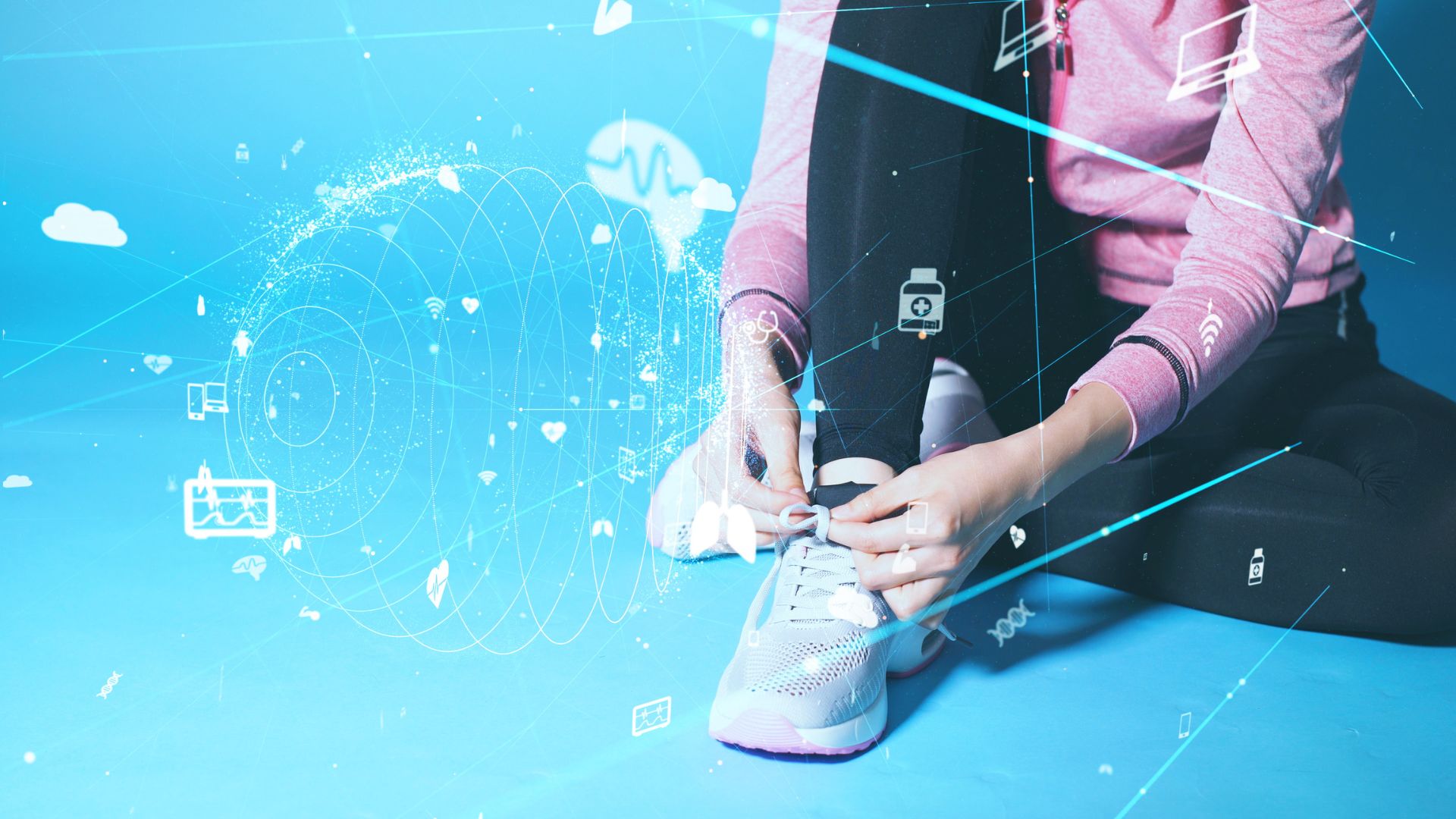
Enhancing Employee Health and Safety
Wearable devices are being used to monitor employee well-being and improve workplace safety.
- Wearable Exoskeletons: These assist industrial workers by reducing strain and preventing injuries when lifting heavy objects.
- Smart Helmets: Equipped with sensors, these helmets monitor temperature, air quality, and fatigue levels to ensure workers' safety in hazardous environments.
- Heart Rate and Stress Monitors: Biometric sensors can detect signs of fatigue or stress, helping employers implement wellness initiatives.
Boosting Productivity Through Automation
By reducing manual tasks and automating processes, wearables help employees work more efficiently.
- RFID Smart Badges: Used in warehouses and hospitals, these badges streamline access control and track employee movements to optimize workflow.
- Voice-Controlled Wearables: Devices like smart rings or AR glasses allow workers to interact with digital systems hands-free, improving efficiency in logistics and customer service roles.
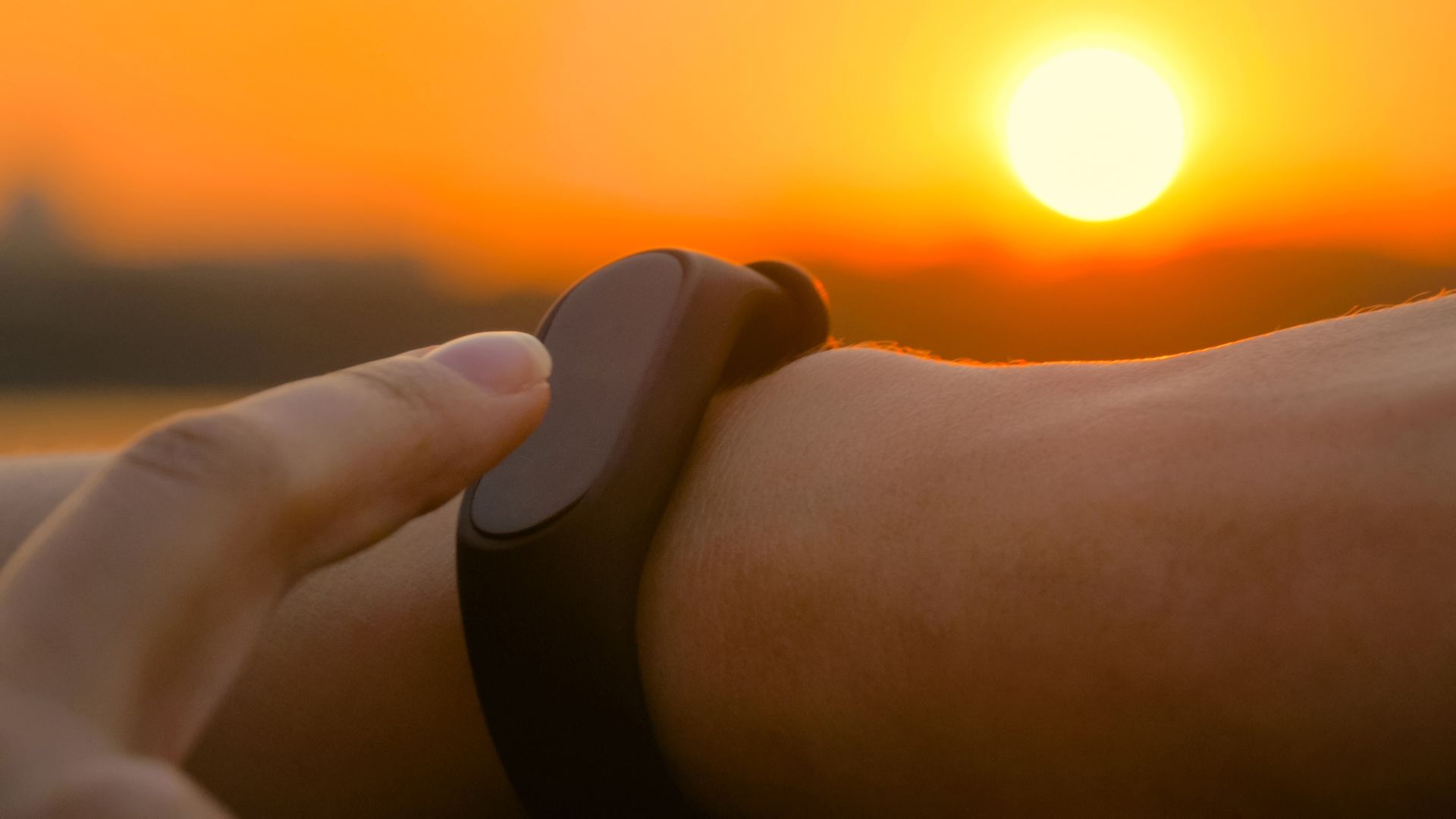
Real-World Applications
- Healthcare: Wearable devices help doctors and nurses track patient vitals while remaining hands-free.
- Retail and Logistics: Smartwatches and headsets assist workers in managing inventory, improving response times to customer inquiries.
- Manufacturing: Augmented reality (AR) glasses provide step-by-step assembly instructions, reducing errors and training time.
Future Trends
As wearable technology advances, workplaces will become even more connected. Innovations in biometric security, AI-powered wearables, and improved ergonomics will continue to drive productivity and safety.

With the right implementation, wearables can revolutionize how employees work, improving efficiency, health, and overall job satisfaction.


